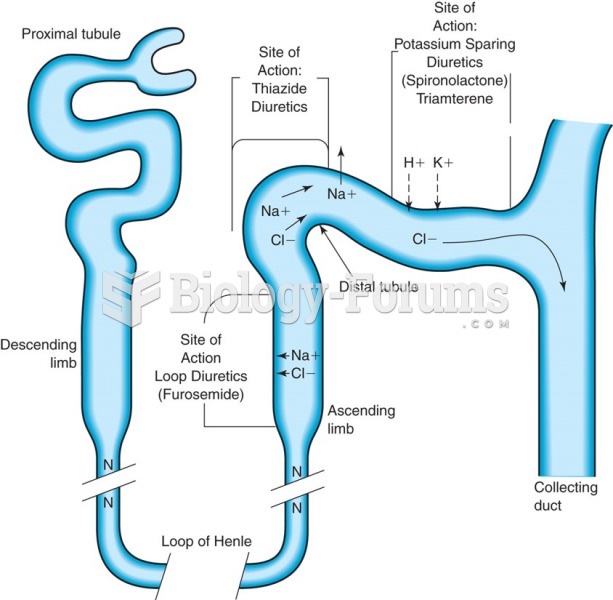Let's say you are excavating a site. You are being pretty careful, and are using 1/4 mesh screens to sieve the dirt after it is removed by a trowel and dustpan from the site. You find a few very small but well-preserved fish bones. The next day
a. you decide to stop using trowels and start using dental tools for the excavation; you are probably not recovering many fish bones because they are being inadvertently destroyed by troweling.
b. you conclude that people in the past were not using minnows and you cease excavation.
c. you fear that the 1/4 mesh of the screen may allow most of the very small fish bones to pass through; you decide to switch to 1/8 mesh, and maybe even screen a sample of dirt through 1/16 mesh to see if you are finding few bones because they are not present, or because the screening method is systematically losing them.
d. you realize that fish were not being used prehistorically and decide that a single backhoe trench through the site will probably give you a sufficient amount of remains of other animals to permit you to test your hypothesis.
e. You realize that mesh may have harmed the bones as you sieved the dirt, so you switch to mesh which allows more space through which the bones can pass.
Question 2
Water-screening is an especially useful technique when
a. the deposits are coarse-grained and have a low clay content.
b. artifacts are expected to be large and not easily broken, as water screening can be very destructive.
c. artifacts are expected to be small and/or difficult to find without washing.
d. tiny fragments of carbonized plant remains must be recovered.
e. the deposits are mostly natural rock.







